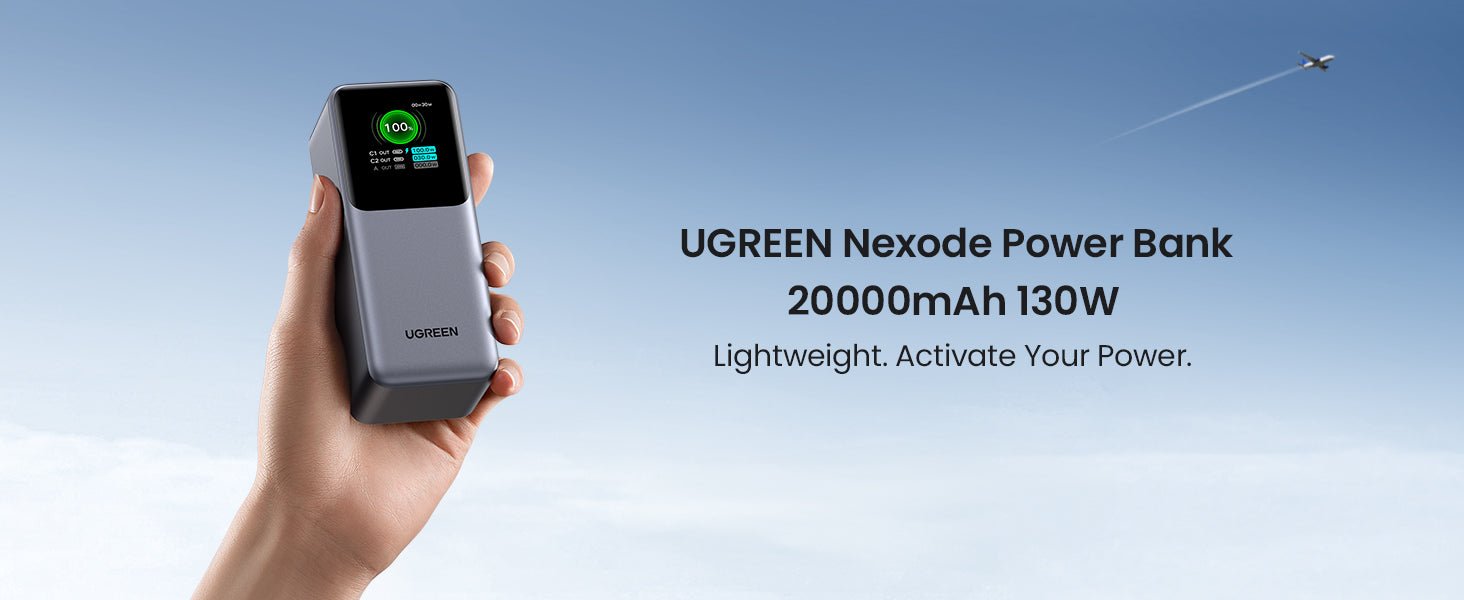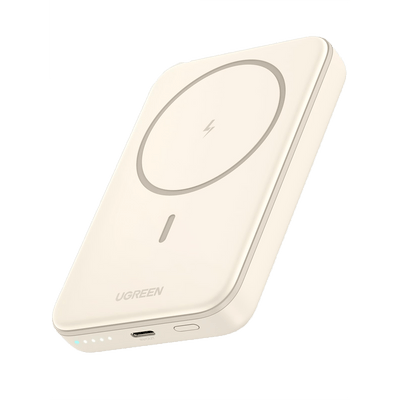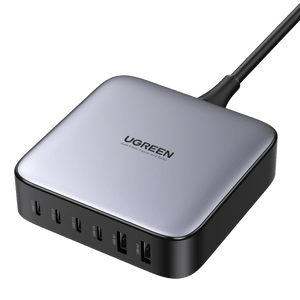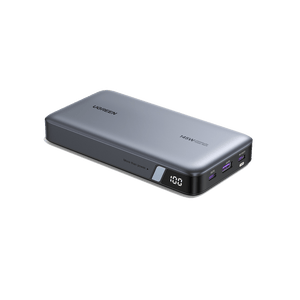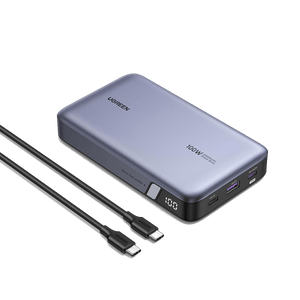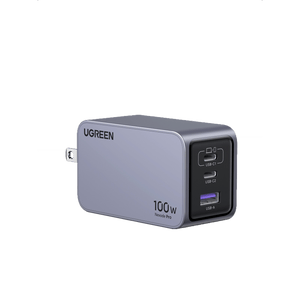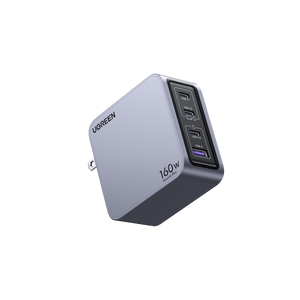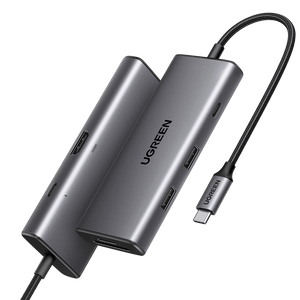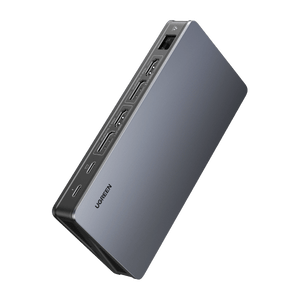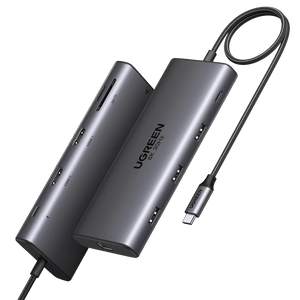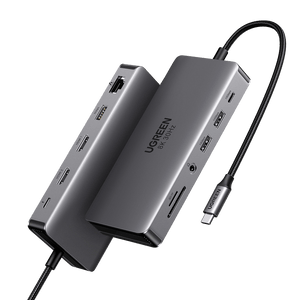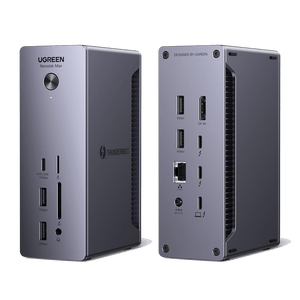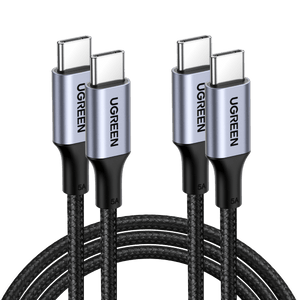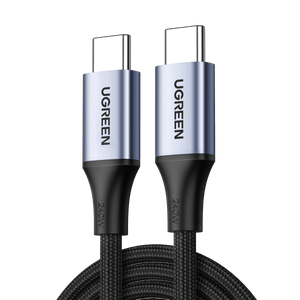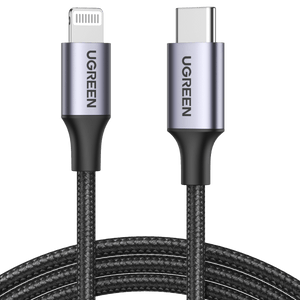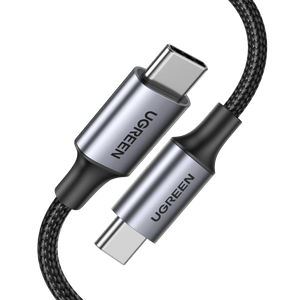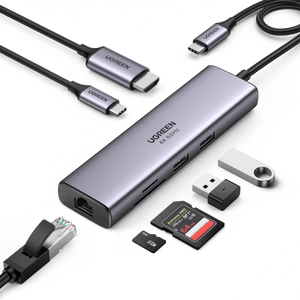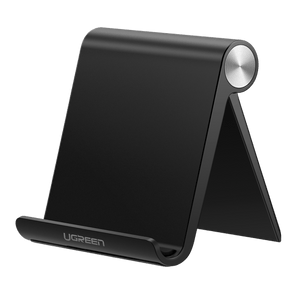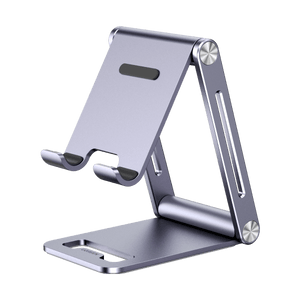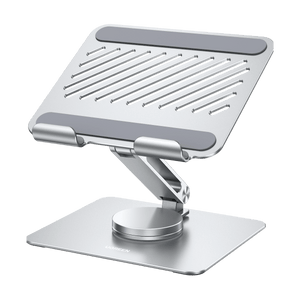Complete Guide to Caring for Your Magnetic Portable Charger
The lifespan of your magnetic charger isn’t just about luck or quality. It’s about how you treat it. Every day, countless users unknowingly sabotage their chargers through simple mistakes and oversight. The result? Weakened magnetic connections, slower charging speeds, and eventually, premature replacement—a fate your wallet would rather avoid.
In this guide, we’ll walk through everything from daily handling tips to long-term storage solutions. You’ll discover how temperature affects your charger’s performance, why certified accessories matter, and when it’s time to seek professional help.
Key Takeaways
- Handle with Care – Let the magnets connect naturally, avoid forceful snaps, and prevent cable stress for a longer lifespan.
- Optimize Charging – Follow the 20-80% rule, charge in ideal temperatures (20-30°C), and use smart charging features to protect performance.
- Keep It Clean – Regularly wipe magnetic surfaces with a microfiber cloth and isopropyl alcohol to prevent debris buildup.
- Use Certified Accessories – Ensure safe, efficient charging by choosing MFi, Qi, USB-IF, and UL-certified cables and adapters.
- Store Smartly – Keep away from heat, moisture, and static electricity, adjusting for seasonal changes to prevent damage.
- Prioritize Safety – Avoid overheating, water exposure, and chemical damage to prevent hazards and extend charger life.
Daily Care and Handling
Magnetic embrace. Feel that gentle pull as your device approaches the charger? That’s your cue to let the magnets do their work. Don’t force the connection like an overeager matchmaker—let it happen naturally. The satisfying ‘click’ should be soft, not a dramatic snap that echoes through your office. Remember, gentleness preserves the magnetic coating that makes this modern marvel possible.

Your cables deserve equal attention. Those sleek wires might seem resilient, but they’re the silent sufferers of daily abuse. Avoid the temptation to wrap them tightly around your charger like a python constricting its prey. Instead, create loose, natural loops that prevent internal wire stress. When disconnecting, grasp the connector firmly—never yank the cable like you’re starting a lawnmower.
Charging Best Practices
When choreographed correctly, these practices can extend your magnetic portable charger’s life significantly.
- The 20-80 Rule: Letting your charger dip below 20% or forcing it to 100% is like running a marathon without training—possible, but not ideal for longevity.
- Temperature: Optimal charging happens between 20-30°C (68-86°F). Anything higher, and you’re cooking your battery’s future performance.
- Smart Charging Features: Temperature monitoring, overcharge protection, short circuit prevention, and trickle charging for the final 20%.
Cleaning and Maintenance
Begin with the magnetic surface—the heart of your charging system. Hold your charger up to the light, and you might spot tiny particles clinging to the magnetic area like microscopic barnacles. A gentle sweep with your microfiber cloth, moving in circular motions, should dislodge these power-blocking intruders.
For stubborn spots, dampen (not soak) a corner of your microfiber cloth with isopropyl alcohol. Wipe gently. The goal is to remove debris while preserving the delicate magnetic coating that makes your charger’s magic possible.
Using Certified Accessories
Your charger performs its best when paired with certified companions. Let’s explore why choosing the right accessories isn’t just about performance—it’s about protecting your investment and ensuring safe, reliable charging.
{{UGPRODUCT}}
What makes an accessory ‘certified’? Think of certification as a prestigious diploma earned through rigorous testing:
- MFi certification for Apple devices
- Qi certification for wireless charging
- USB-IF certification for cables and adapters
- UL certification for safety standards
Storage Guidelines
Whether you’re storing your charger in a desk drawer, a dedicated electronics case, or a shelf in your home office, ensure it’s far from heat sources, direct sunlight, and the curious paws of children or pets. The ideal temperature hovers between 20-25°C (68-77°F), like a perfect spring day. Humidity should whisper, not shout, staying below 65% to prevent the silent creep of corrosion.
Seasonal Storage Secrets
As seasons change, so should your storage strategy:
- Summer: Store in cooler, shaded spots to combat heat.
- Winter: Protect against static electricity with anti-static bags.
- Spring/Fall: Ideal conditions, but avoid moisture and cleaning chemicals.
Safety Considerations
- Fire Prevention: Some warmth during charging is normal, but excessive heat signals danger. Never charge under pillows or blankets.
- Water: Keep away from bathrooms and sinks. If exposed, dry for 48 hours before use.
- Chemical Exposure: Avoid cleaning solutions, solvents, or sunscreen residue.
Maximizing Your Investment
Take action today: inspect your charger, implement one new care practice, and feel the satisfaction of knowing you’re extending its life with every mindful interaction. Your magnetic portable charger is ready to serve you faithfully—give it the care it deserves, and it will keep your devices powered through countless adventures ahead.
{{UGPRODUCT}}
FAQ: Magnetic Portable Charger Troubleshooting Guide
Q: My charger won’t connect properly anymore. What’s wrong?
A: Clean the magnetic surfaces with a microfiber cloth. If the pull is still weak, internal magnets may be degraded.
Q: Charging is taking longer than usual. Why?
A: Check your power source, cable condition, or device case thickness.
Q: I hear buzzing while charging. Is this dangerous?
A: Faint buzzing is normal. If loud or new, stop using the charger immediately.


